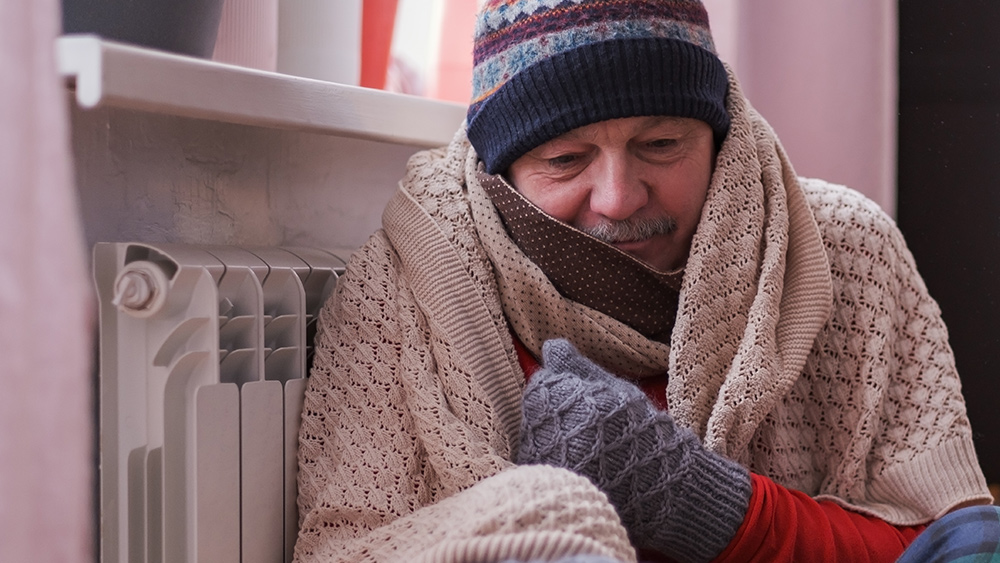 Parler
Parler Gab
Gab
Canning is a fantastic way to start building up your pantry
"This is such a fantastic way if you want to start building up your pantry and start personal skills with having some food independence and security over your food," Rachel said. "I saved myself money by buying in bulk and you would be also not as intimidated by the fact of growing your own food." Rachel first washed the jars, sterilized them by boiling for two minutes and then put the jars on top of a thick mat to dry. Rachel then poured various food products she bought from a grocery inside the clean and dry jars, giving general measurements regarding headspace in the jars. Pressure canning calls for one inch of headspace, while water bath canning calls for half an inch. Jellies and jams to be canned using a water bath require a quarter inch. She proceeded to de-bubble the jars by sliding the spatula into the containers' sides, removing trapped air bubbles. According to Rachel, more food ought to be added in the jars once the air bubbles are removed. Any remaining air pockets can be eliminated by tapping and wiggling the containers. The homesteading YouTuber wiped the mouths of the jars with clean cloth dabbed in vinegar to remove any objects on the lids that could prevent a good seal. She then screwed the lids on the jars and covered them with the center rings, ensuring a "finger tight" fit. Rachel reminded her viewers to use permanent markers for the labels. She finally loaded all the jars into the water bath canner and put them to the boil. Afterward, she allowed all the jars to sit in the canner for five to 10 minutes until the boiling completely stopped. Once done, she removed the jars from the canner and set them on the kitchen counter to cool, with a one inch gap in between. Rachel then stashed the canned food products in the pantry. FoodStorage.news has more stories about canning and food preservation. Watch Rachel of "That 1870's Homestead" teach the basics of food canning below. This video is from the Prevent Global Genocide channel on Brighteon.com.More related stories:
Home canning basics: Which foods are safe for canning? Food preservation 101: The basics of water bath canning (with vinegar). 12 Food preservation and food storage techniques you can use when SHTF. Sources include: Brighteon.com BallMasonJars.comNYPD to use “Robocop-style” patrol cars with 360-degree cameras
By Belle Carter // Share
Possible scenarios following an EMP event
By Olivia Cook // Share
Government agencies are hijacking the Constitution, Elijah Schaffer warns
By Kevin Hughes // Share
EU pressures Elon Musk to be fully compliant with bloc’s new social media regulations
By Belle Carter // Share
Must-have items to keep your family warm and protected this winter
By Olivia Cook // Share
Governments continue to obscure COVID-19 vaccine data amid rising concerns over excess deaths
By patricklewis // Share
Tech giant Microsoft backs EXTINCTION with its support of carbon capture programs
By ramontomeydw // Share
Germany to resume arms exports to Israel despite repeated ceasefire violations
By isabelle // Share










